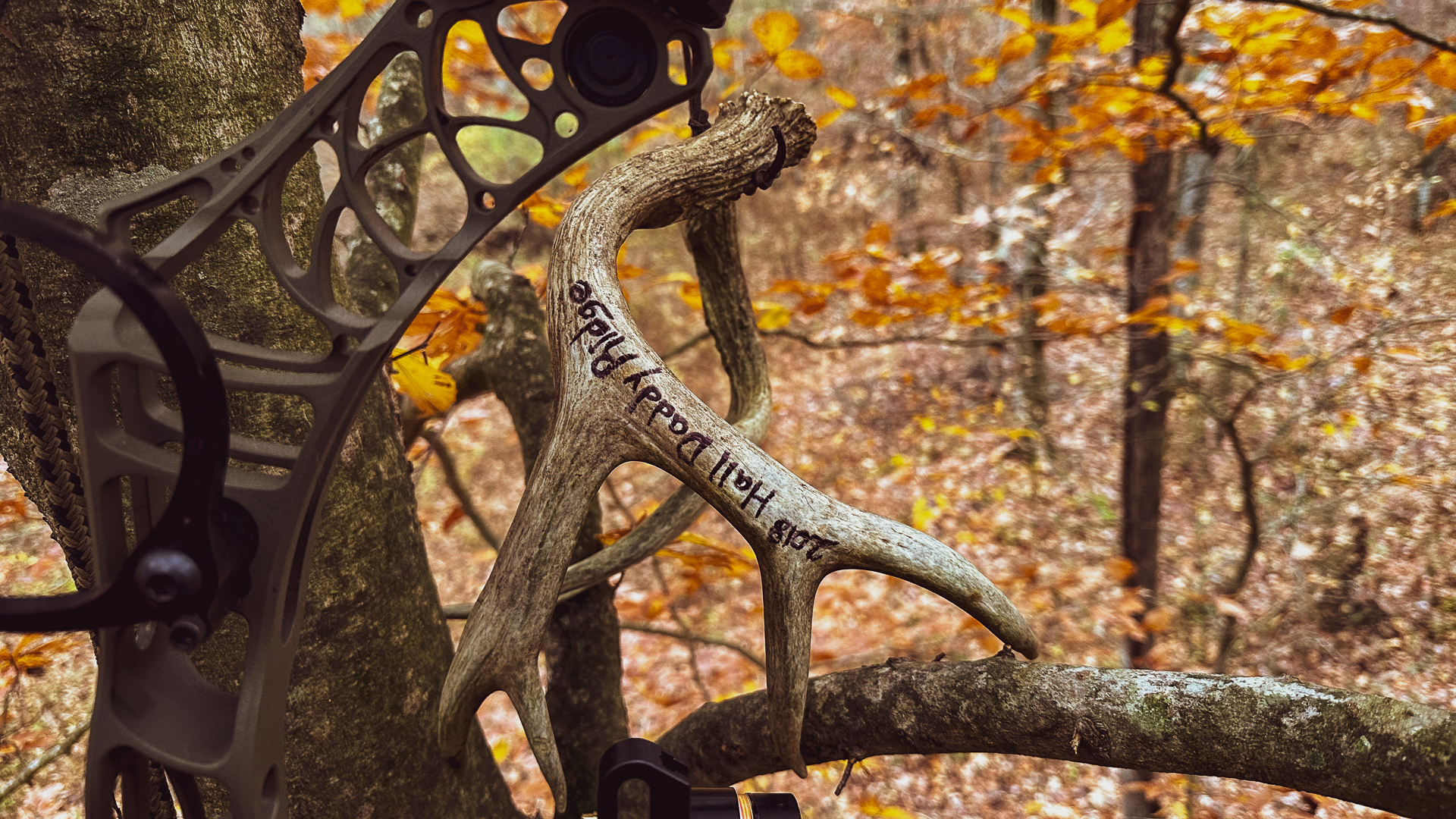Marty Fischer

If you’ve spent much time chasing ducks near the end of the season, you’ve probably experienced call shy and blind shy birds. Without question, your calling can be an important part of a successful morning, but your setup may actually be more important than the calling. Here’s what you need to know. It doesn’t matter how good a caller you are, if your setup (blind, decoys, motion, etc.) aren’t right, all the good calling in the world won’t help you get ducks in close.
You will find that this is especially true later in the season. The young, first-year ducks that literally attack your decoys early in the season aren’t young anymore. Migrating adult ducks that fell out of the sky into an inviting decoy set don’t do that so easily late in the season. Most of those ducks have experienced their brothers and sisters getting shot out from under them and they’ve gotten a lot smarter. Therefore, if you’re experiencing challenges getting birds into your setup, here are a few tips that might help.
When it comes to late season hunting, the first thing you should do is try to set up where the ducks want to be. Ducks and geese can deplete a food source in a field pretty quickly so they tend to move to different locations. When you get a freeze, the birds will search out moving water that isn’t frozen. As a result, doing a bit of scouting before the hunt can be beneficial.
If you’re hunting the same blind throughout the season, keeping it properly brushed and camouflaged is really important. Keep in mind that what you see from the ground is not necessarily what the ducks see from the air. You can find drone videos online of duck blinds from the air and when you see some of them, you’ll wonder if any duck would be dumb enough to fly over them. Birds that have been hanging around an area for any period know when something below them doesn’t look natural.

When it comes to late season decoy spreads, some hunters use a smaller number of decoys while others simply go with the big spreads that they put out early and leave in place all season. Both of these tactics can be successful, but every area will be different.
When using a big spread of decoys, keep in mind that you are asking ducks to fly over fake ducks with no lifelike movement to get to an acceptable range for taking a shot. Since many birds have been in flocks that have been shot into, the chances of them just dropping their feet and landing are less than they would have been earlier in the season. The bottom line for when to take a late season shot is this: When the birds are in range, take the shot.
Hunters who opt for smaller spreads of decoys in late season have the option of moving them quickly when setting up for a certain wind. Remember that ducks usually land into a wind and they like an open hole to land in. That decoy setup flexibility in late season can really help you.
Spinning wing decoys have become very popular over the past couple of decades, but hunters will find that they work on certain days better than other days. Here’s a late season tip that may work for you:
According to Terry Denmon, the owner of MOJO Outdoors, the spinning wing decoys they developed were not designed to land ducks. Instead, they were designed to attract ducks to an area where you have deployed a decoy spread. So in late season, try putting your spinning wing decoys downwind of your decoys as much as 70 or so yards from the outer edge of your spread. Point the decoys towards the spread as if they are coming in to land. Birds will see them from a distance and be attracted to your area. If you’ve got a spinner that can be operated remotely, turn if off once the birds get past it as they get closer to your spread.

Finally here’s something that you can control. Ducks in the air are looking for a spot where they can feed and/or rest. As they look down while flying, they are checking to see if everything looks natural. One thing that the see more than anything else is unnatural movement. As a result, it’s on you and your hunting partners to stay still and covered until it’s time to come up for a shot. Shiny hands and faces moving around to watch the birds are easily detected from the air. Moving gun barrels around in the blind as the birds set up to come in can be a problem as well. As mentioned, you and your hunting partners can make or break a good hunt by being still.
So there you have it, a few tips you can use in late season for ducks. Take a look at how your setup corresponds with these suggestions and make the little changes necessary.































